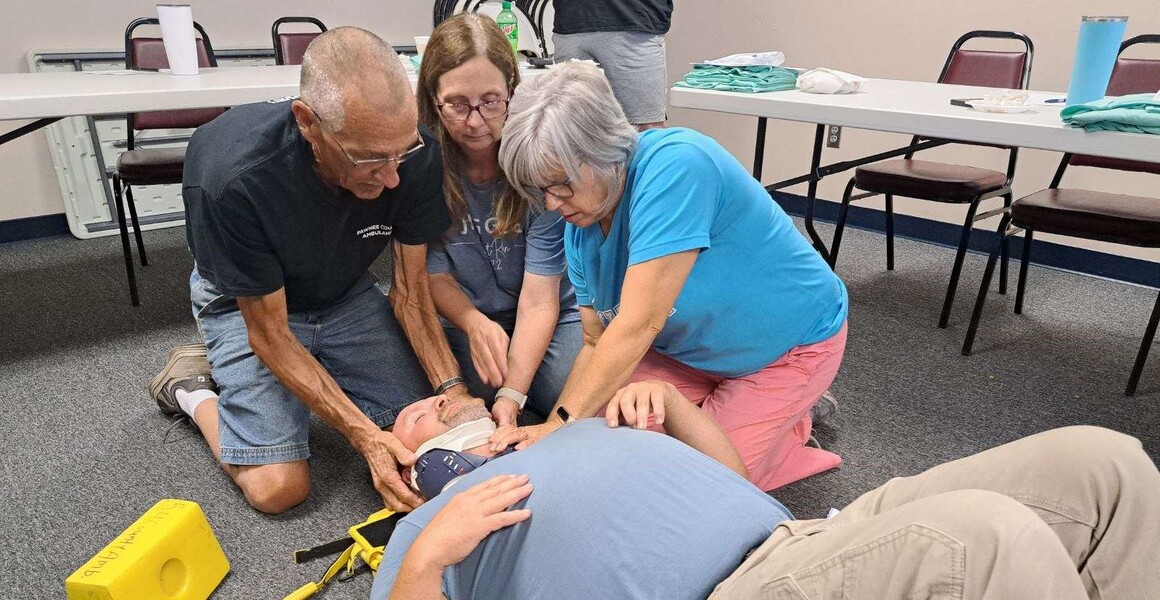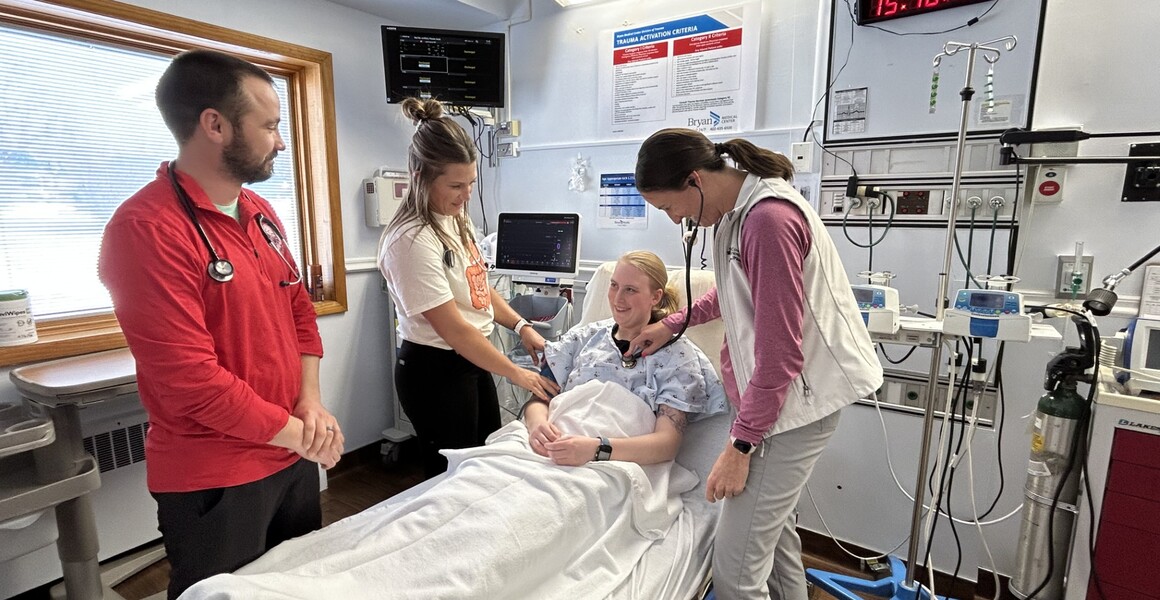Anemia
By Dr. Kent Niss
The topic of anemia is very common, and a lot of individuals experienced anemia either throughout their entire life or for small, short intervals. Anemia can be very straightforward however it can also be fairly complex and multifactorial. This week we will explore what anemia is, how it can occur, and how we can help prevent it and treat it.
Anemia by definition is a low hemoglobin. Hemoglobin is the part of our red blood cells that carries oxygen to different parts of our body and carries carbon dioxide back to our lungs to exchange again for new oxygen. Therefore, hemoglobin is a very important part of our bodies process. Anemia is due to low hemoglobin not low red blood cells, although, both are commonly low together. There are different ranges for different ages, however in general a normal range for hemoglobin is between 13 and 17. Therefore if you are lower than this bottom value you are anemic. The most common symptoms of anemia are fatigue, weakness or even more pale color to your skin. However, some extreme symptoms of anemia may be shortness of breath, frequent headaches, chest pain and extreme pale discoloration of your skin and nail beds.
There are three basic ways that we become anemic: We are not creating enough hemoglobin/red blood cells, or red blood cells or hemoglobin are getting destroyed, or when we bleed. Therefore, we need to think about most often how hemoglobin is made. There are several components to building hemoglobin, however three of the main components are iron, vitamin B12 and folate (vitamin B6). Therefore, in people who are anemic these are three lab values that are most readily checked. However, destruction and dysfunction of red blood cells can also lead to anemia. This can occur when people are exceedingly sick and had an infection causing sepsis or they have a chronic inflammatory condition such as rheumatoid arthritis, chronic kidney disease or even a long-standing heart condition such as congestive heart failure or coronary artery disease. Occasionally there are disease processes that actually destroy red blood cells. This is called hemolysis and there are some autoimmune conditions that can do this as well as folks that may have an abnormal heart valve.
Most commonly anemia due to iron deficiency anemia can occur in any age of person. This most commonly occurs in females, however. Iron is something that is in the vast majority of our diets, however it is just very poorly absorbed in our bowels. Usually when you are eating foods, we also eat food that has a source of calcium in it and calcium really prevents the absorption of iron well. Foods that contain large amounts of iron are actually dark green leafy vegetables as well as vibrantly colored vegetables. Certainly, meats also have a fair amount of iron. Root vegetables are also a great source of iron. Poor production causing anemia can also be due to vitamin B12 deficiency and folate deficiency. These could be found in most vegetables. Vitamin B12 is also abundant in red meats. More often than not however we do need to supplement iron to help increase iron stores as it is poorly absorbed. And interestingly enough doing this only three times a week can actually yield better results than taking the medication daily. However, making sure to take it while we have an empty stomach and we do not eat any calcium sources can help absorption better. One other thing that can help the iron be absorbed better is taking it with a small amount of vitamin C or orange juice. Occasionally people will need iron administered intravenously as we continue to have poor absorption even with the above interventions. In extreme anemia we do sometimes have to do a blood transfusion to help bring your blood counts up enough to help carry oxygen from the lungs to other parts of the body.
Other forms of anemia usually come in the setting of other disease processes as discussed above including congestive heart failure, chronic kidney disease, autoimmune disorders or some valvular heart diseases. If you have any of these things is very important that you discuss with your provider about if you are anemic or not and if you should have further testing to look at this.
Anemia is very easy to screen for with simple blood tests, complete blood count. With this single test so we can also get some inference to what is the cause. On some occasions we do have to do additional blood work to look at your iron levels (ferritin) or the other micronutrients that we discussed before. Occasionally when all of these things are normal, and we have determined that it is a production problem we do need to look where blood is made which is in the bone marrow. Some individuals will need to have a bone marrow biopsy to look at this closer.
Overall anemia is a very common medical condition but can be very easily treated and managed. Oftentimes unless a root problem can be found anemia is a chronic condition. Iron deficiency anemia being the most common form of anemia likewise is commonly something that people battle most of their life. If you feel you have any of the signs and symptoms of anemia that were discussed above, or you have known anemia and would like to discuss more with your provider do not hesitate to reach out and discuss with us.










